Working 9 to 5
5 to 9
&
Everywhere In Between
Flexible Gig Work Comes with Insecurity and Instability
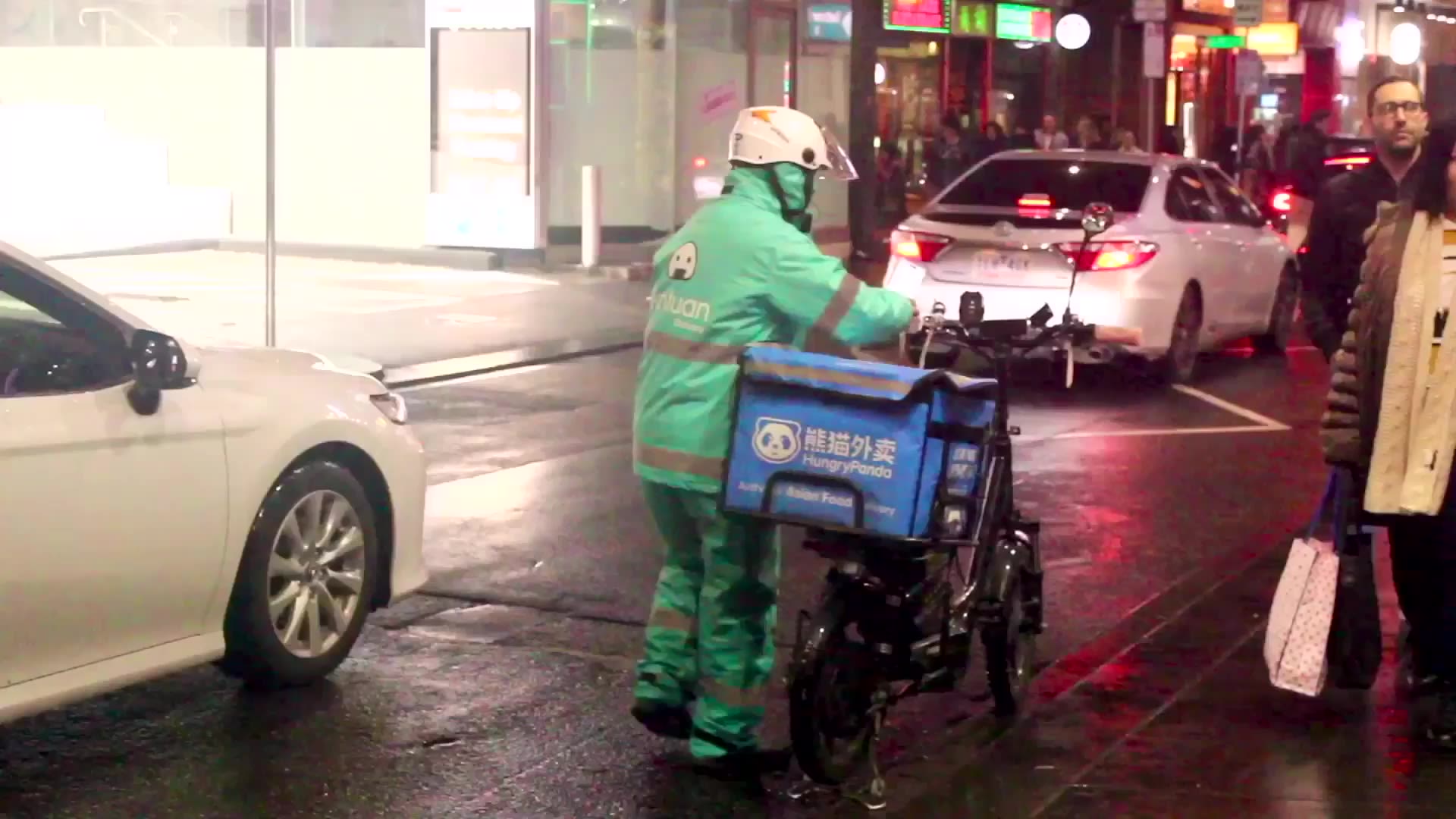
With the development of digital technology, the platform economy is rapidly emerging, which has greatly broadened the application scenarios of “gig economy" and given rise to a large number of new employment forms, bringing profound changes to the labour market.
In a December 2020 green paper The Rise of the Gig Economy and its Impact on the Australian Workforce, the Actuaries Institute defines the gig economy as economic activity with these three characteristics:
The worker provides on-demand services.
The worker is categorised as an independent contractor.
A digital platform brokers the transactions.
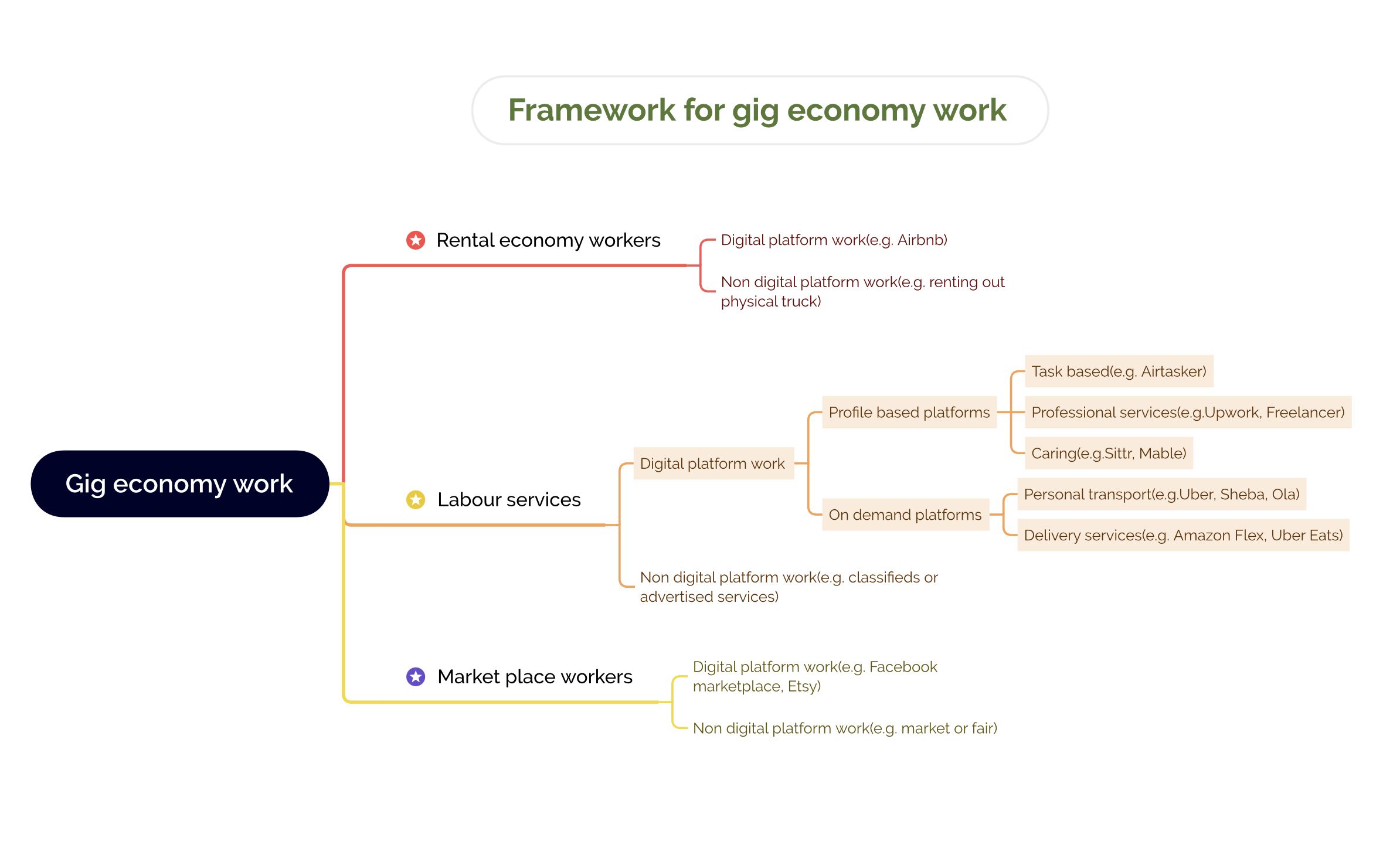
The Actuaries Institute reported that since 2015, the gig economy had multiplied nine times, employing up to 250,000 people and capturing $6.3 billion in consumer spending.
The number of people employed in gig work matches the rise in consumers of gig economy products such as ridesharing, food delivery, and freelance work.
The Actuaries Institute found that new clients and greater consumption by current customers fuelled the economy's rapid expansion.

Source: Quantium transactional data* Market size is total consumer spend on domestic gig economy services.
Source: Quantium transactional data* Market size is total consumer spend on domestic gig economy services.
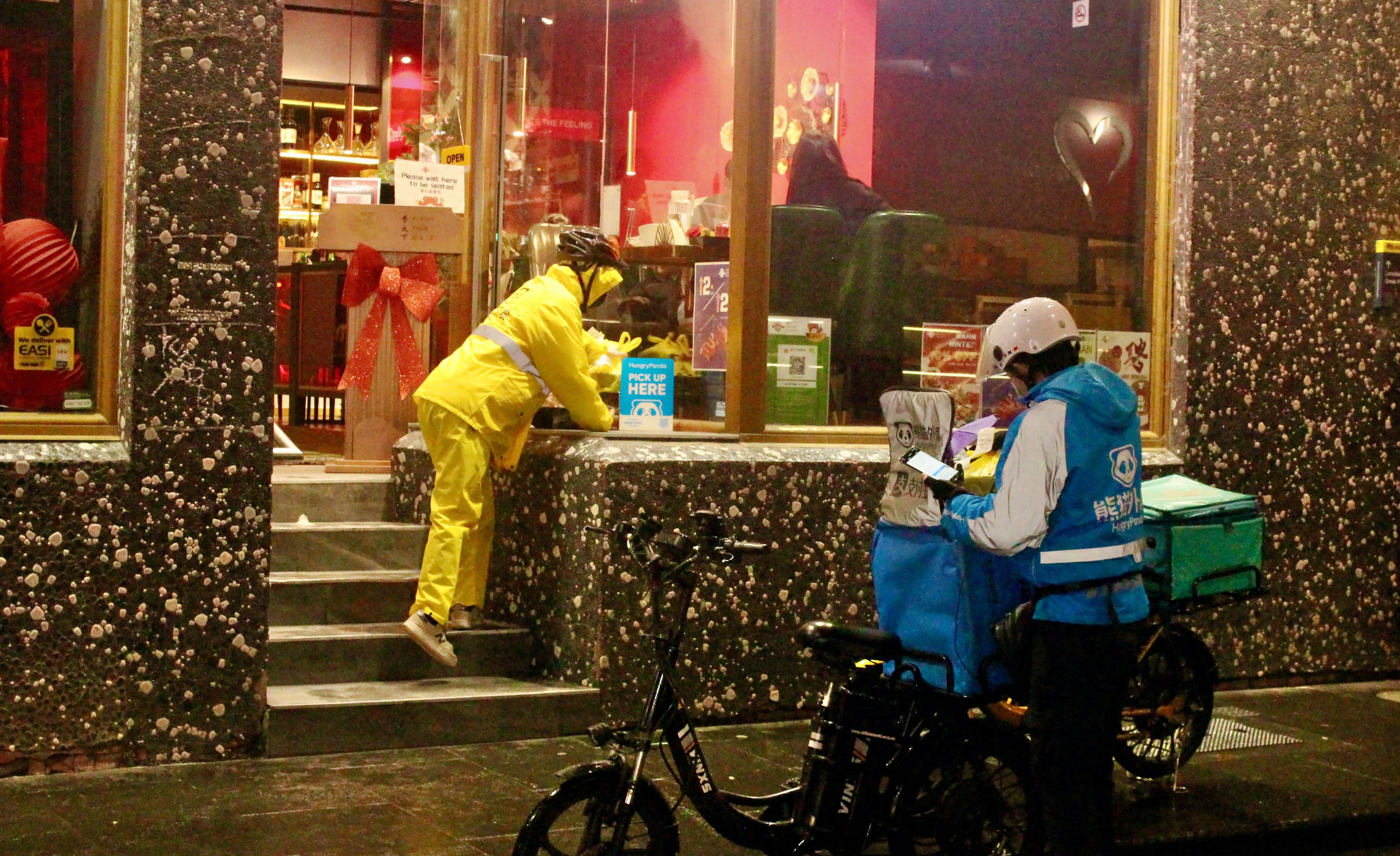
Several platforms and companies have emerged to connect gig workers with consumers. Photo by Olivia Tan
Photo by Olivia Tan
"Because everyone can do it, the scene has also become very competitive."
As gig work has become more popular, it has also exposed its flaws.
- unpredictable need for that work
- fluctuating work hours and job security
- non-guaranteed personal safety
- lack of paid leave or unemployment protection
- non-transparent reward policies of the digital platforms
"Sometimes I don't have enough money to cover my rent."
Quincy Fan: English Tutor
Fan worked 2-3 hours during weekdays and 4-6 hours during weekends. Although sometimes he wanted to work a bit longer, his workload was entirely dependent on the platform's allocation mechanism.
He got $25 per hour when he worked for the online English tutoring agency. However, his hourly wage goes up to $35 as the offline casual English tutor.
The platform he worked on did not have any incentive system in place.
"It can be like working 10, 15 days in a row."
Kukua Xu: Freelance Photographer
For gig workers, the highly flexible nature of their work brings convenience but also challenges their self-discipline.
While Xu's photography work can be fit around her studies, the lack of schedule means that the workload can build up in a way that is challenging to manage.
"I get more money when I work on holiday"
Chuan Qin: Uber Driver
Chuan Qin, an Uber driver, works five days a week for about 10 hours per day. He thinks ridesharing is not a stable job.
“If I take Uber driver as my main job, my quality of life will not be guaranteed," said Qin.
Currently, he makes an average of $500 a week.
Qin said Uber would take 27.5% commission per order. Passengers occasionally give drivers tips, but Qin rarely gets tips these days due to the poor economy.
He explained the bonus mechanism of Uber.
For rideshare or delivery drivers such as Qin and Stirling, working on holidays and weekends typically results in more promotions from the platform.
“I tend to not be as keen to do it without the incentives.”
Erin Stirling: Uber Eats Deliver Driver
During the week Stirling will typically work during the hours of 5pm to 9pm, and will work longer on weekends.
Last week on Saturday, Stirling worked from 2pm until 1:30am to obtain extra money from incentives, also known as promotions.
After that week, in which she earned $875 over 25 and a half hours, $217 came from such promotions. The base fare for the 61 deliveries she completed was $632.
The base fare for a delivery can be anywhere from around $6 to $40 depending on each delivery, taking into account criteria such as distance and business.
Stirling made just over $34 an hour in this week.
"I prefer it to be up closer to $40," said Stirling.
If Stirling had not chased the incentives, her earnings would have come in at $24 an hour.

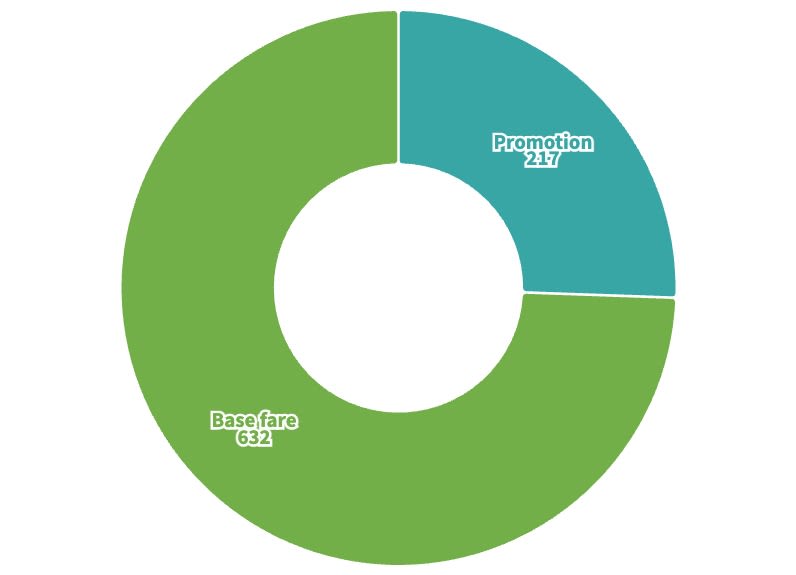

It's a 'Tough Gig' Economy
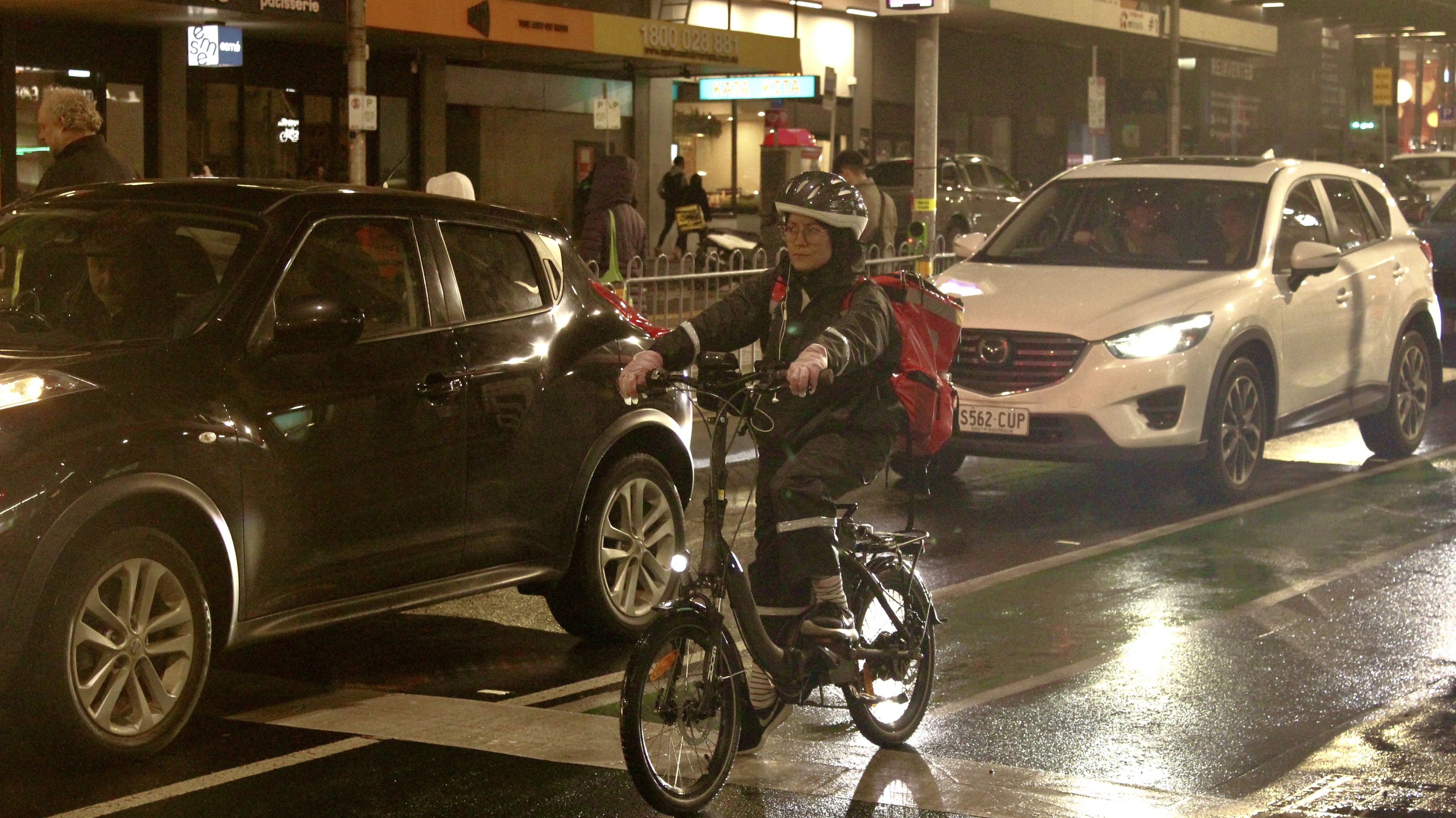
The McKell Institute Queensland revealed in their report Tough Gig: Worker Perspectives on the Gig Economy that "74 per cent of workers reported working long hours to make enough money, while 69 per cent said they have to work during peak hours to earn enough money".
81% of transportation workers in the gig economy rely on money earned to pay bills and survive.
41% of survey respondents reported working more than 40 hours per week, but 45 percent found it difficult to afford daily necessities such as groceries and household bills.
Despite putting in long hours, nearly half (45%) of all survey respondents who work gig jobs make less than minimum wage.
Although gig work appeals to those who require a flexible work schedule, the digital platforms that facilitate these jobs provide more incentives for peak-period work.
So how 'flexible' is gig work, really?
The McKell Institute's report focused on over 1,000 survey respondents who do rideshare or food and parcel delivery work.
The report concluded that to ensure actual flexibility, minimum standards of pay and conditions would need to be introduced to guarantee workers a decent income whether they work during peak periods or not.
The Victorian Government has recently initiated a Gig Worker Support Service, which marks the beginning of governing bodies' recognition of this sector of work.
The question is: what more can be done?
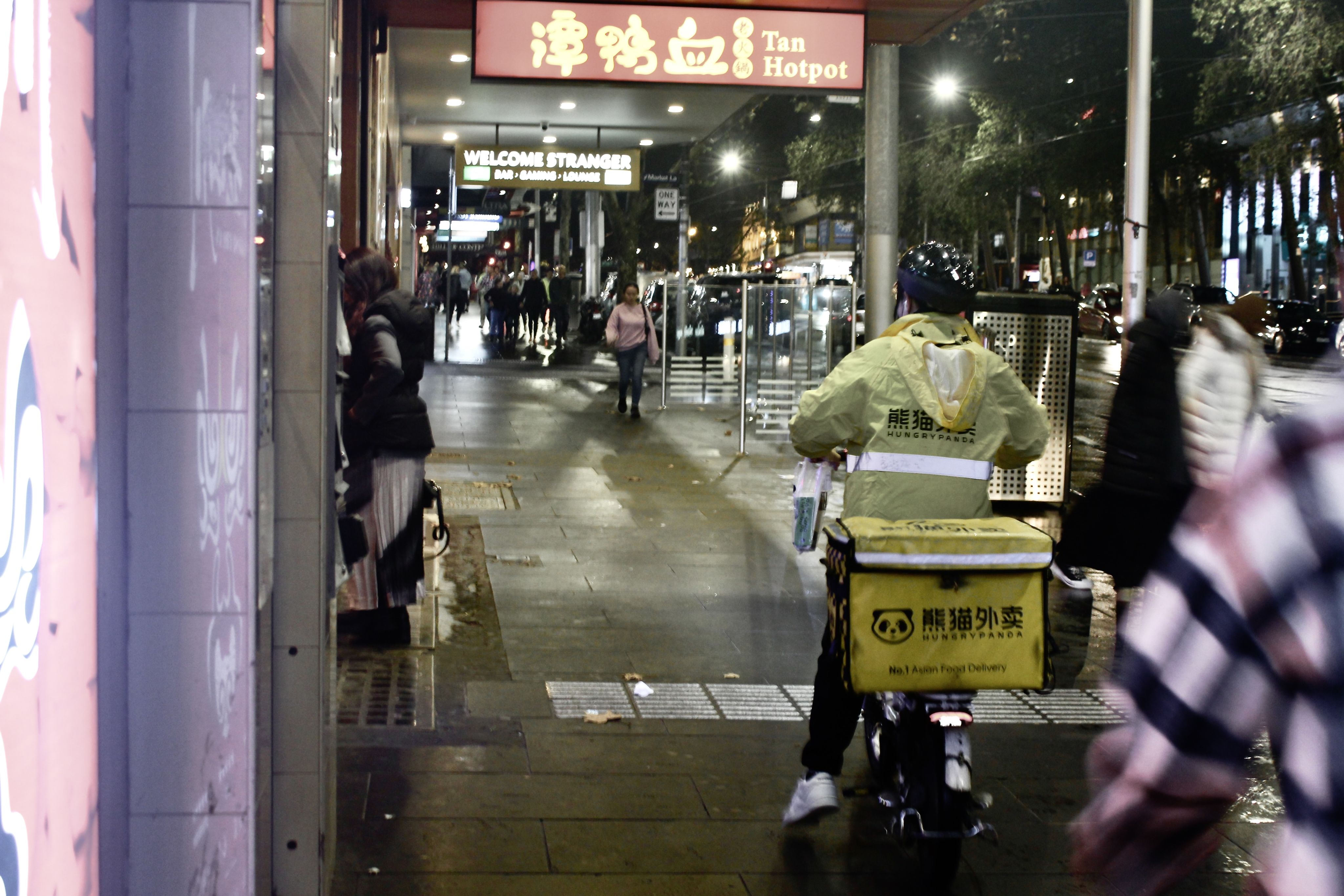
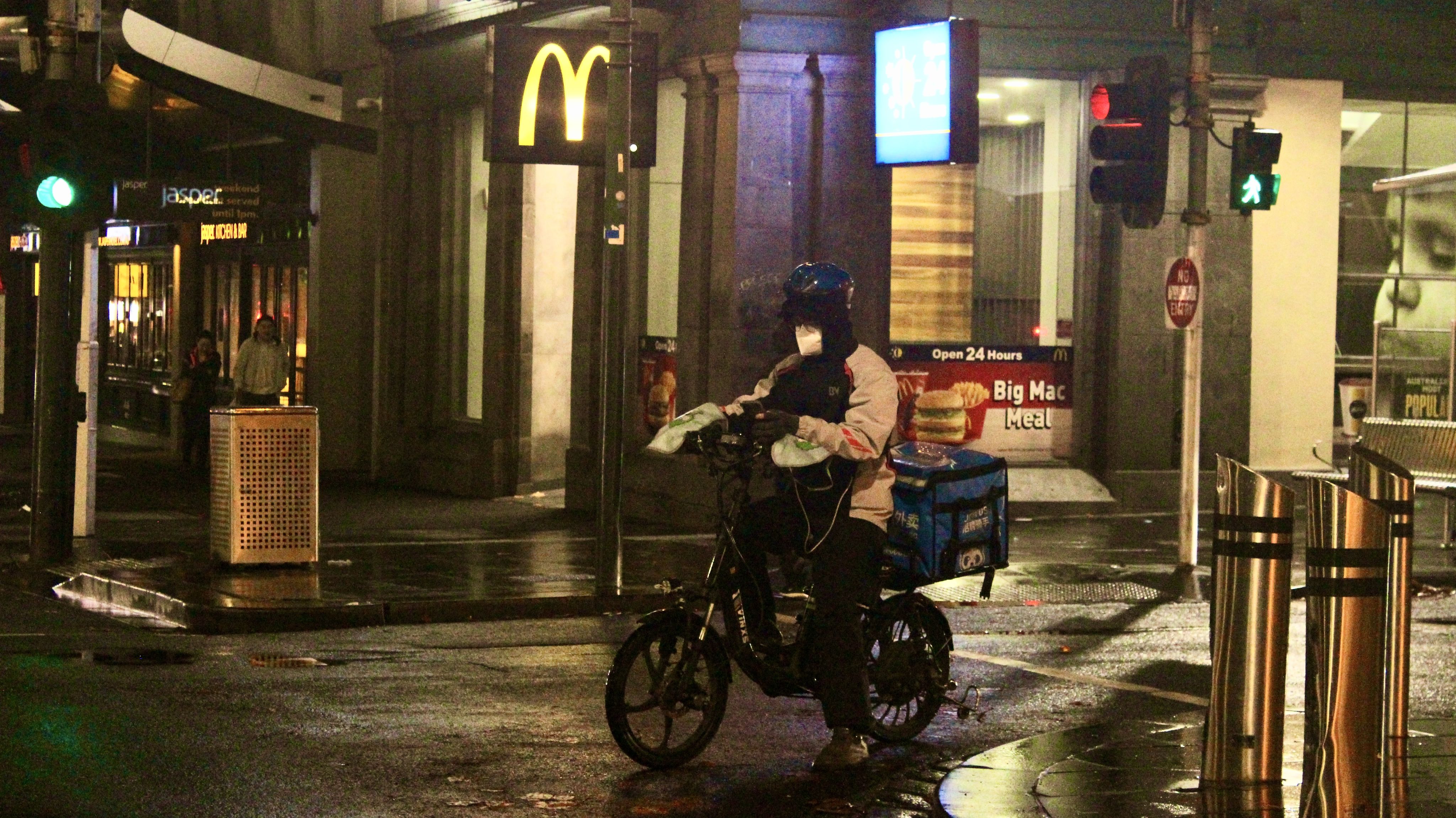




Photo by Olivia Tan
Photo by Olivia Tan
Stirling said that Uber Eats is not transparent on whether they pay drivers for wait times, which was made worse by the app's frustrating support system.
She waited at two stores for two pick-ups and drop-offs for 45 minutes only made $11 last Saturday.
Stirling tried to call for help but the support mechanism in the app said that she could not call as she was on an active trip, even though she wasn’t.
Uber support shut down the chat and said they would get someone to email her. Stirling said that they rarely end up emailing.
Since the interview with Stirling, Uber has added a support phone number for drivers, providing human help for personalised problems.
“Contacting support is a nightmare.”
Video By Brain Zhang - HungryPanda Deliverer
Video By Brain Zhang - HungryPanda Deliverer
Risks to personal safety are especially prevalent for ridesharing and delivery drivers.
The McKell Institute report found that many gig workers reported a variety of safety issues related to their work.
Stirling said that she had been in several dangerous situations when working at nighttime. She said she wished people would turn their front lights on: "It's scary!"
Qin also said sometimes he encountered some drunk passengers and he would be worried about their safety and his.
To date, gig workers have typically been classified as independent contractors in Australia, which leaves them without the rights of regular employees and vulnerable to exploitation.
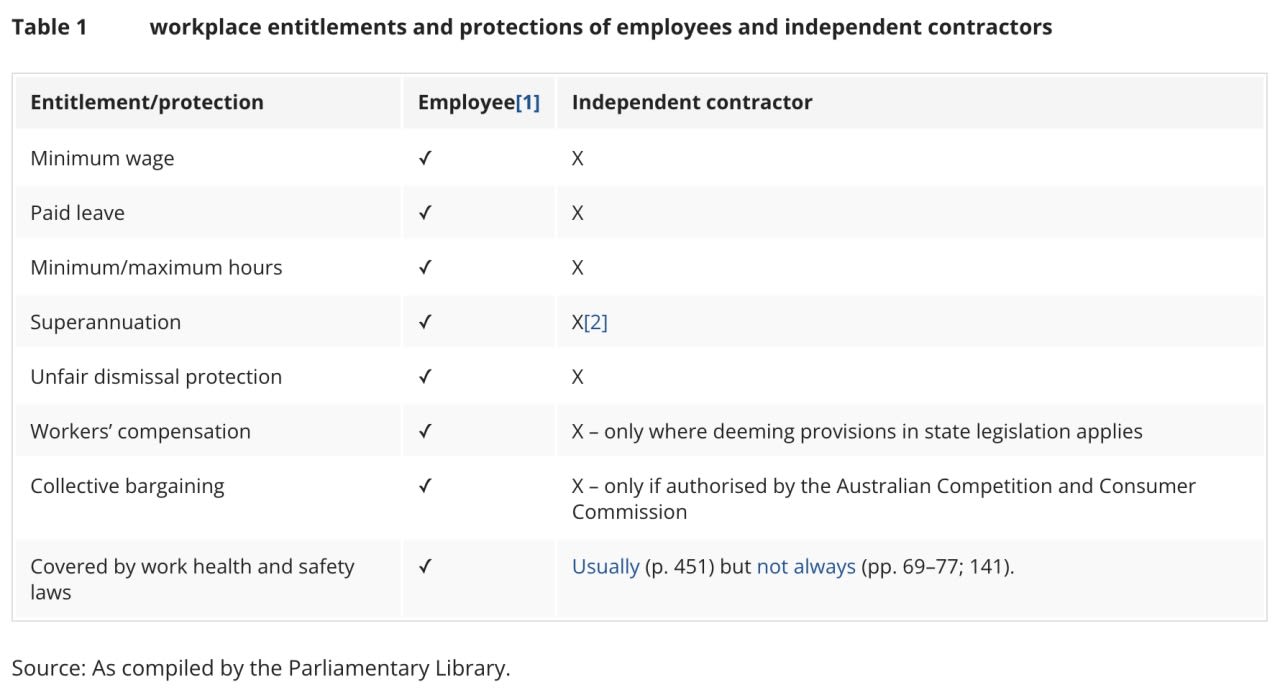
Source: Parliament of Australia
Source: Parliament of Australia
Dig the Gig?

When asked about whether or not to find a stable full-time job in the future, Fan said that he had already completed his transition from gig worker to a more stable casual worker.
Qin makes it clear that he does not take Uber driver as his lifelong career.
Xu said she sees photography as a worthwhile option on her career path.
Stirling said that delivering for Uber Eats worked for her and her family, and was lucky that she had her husband's income to rely on if she wasn't able to work.
The gig economy offers workers more flexibility and offers consumers more choice and convenience.
There is much debate over whether to classify gig workers as contractors or as employees.
As a result gig workers often face a lack of workplace rights, job security, and low overall earnings and pensions.
With the rapid growth of digital platforms facilitating gig work, the gig economy will continue to thrive.
Relevant legislation needs to be amended to clarify how to classify gig economy workers so that the risks faced by gig economy workers will be reduced.